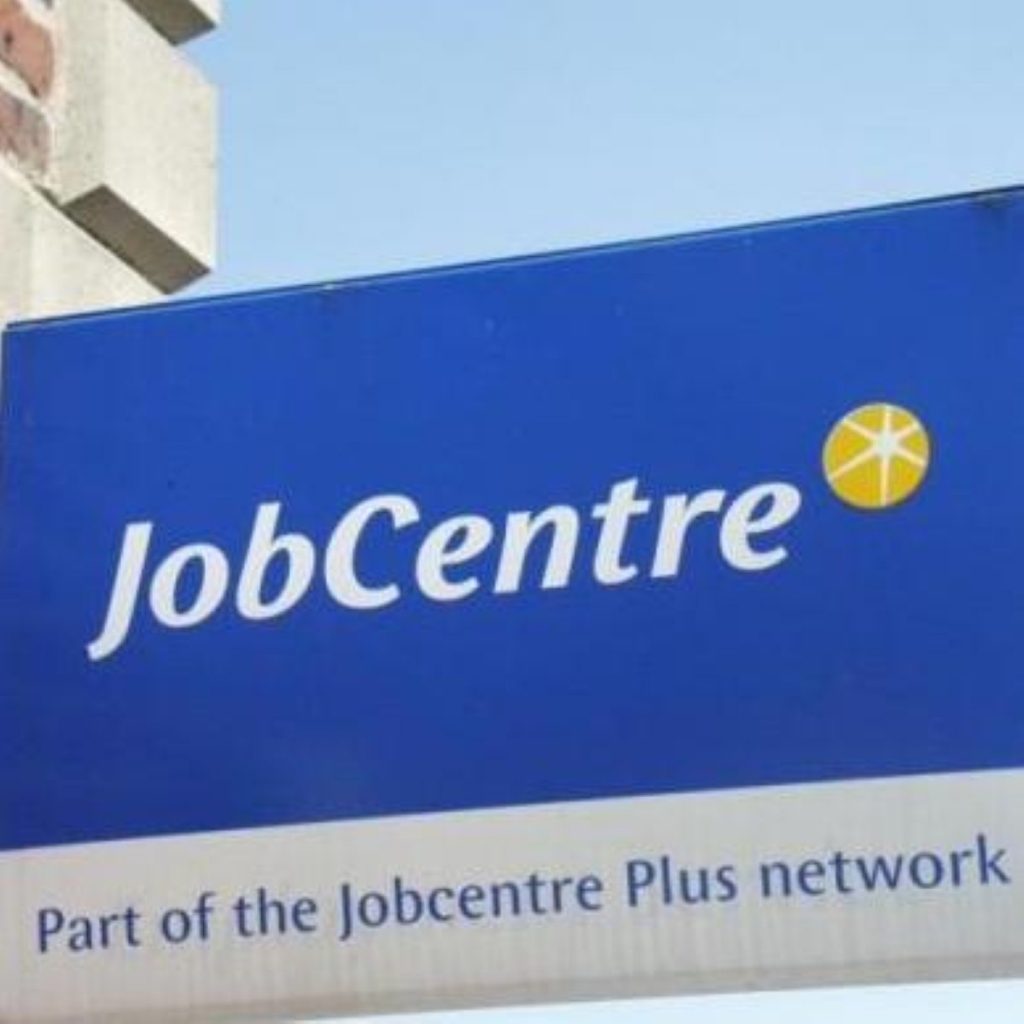Joblessness reaches six-year high
Unemployment has reached a six-year high, new figures show, with the number of people looking for work rising by 224,000 over the past year to 1.65 million.
The number of people claiming Jobseekers’ allowance has also continued to rise – it now stands at just under one million people, up 5,900 since last month and 93,300 on the year.
But the Office for National Statistics (ONS) reveals employment has gone up by 223,000 in the same period, as the total number of people in the workforce rose by 447,000.
Employment minister Jim Murphy welcomed the increase in economic activity, noting in particular that the number of people claiming incapacity benefits was down 600,000, and the number of lone parents on benefits fell 18,000 in the 12 months to November.


“Employment is up by over 200,000 in the last year and is close to the highest it’s ever been. I’m encouraged by the fact that more people who previously weren’t looking for work are now doing so,” he said.
“What is more, the biggest improvement has been among those who regard themselves as long-term sick. We must do more to help match these people who are now looking for work with the 600,000 vacancies reported in June.”
However, shadow work and pensions secretary Philip Hammond warned that today’s figures were “very disappointing” – unemployment was at the highest level since March 2000, while the claimant count had risen for 15 of the past 16 months.
“The government is continuing to ignore the fundamental drivers of prosperity in our economy and as a result Britain is not creating jobs fast enough to cope with the pace of population growth,” he warned.
“Business investment has been at a record low, productivity growth has fallen and we have dropped from third to 13th in the global competitiveness league. Labour’s complacency is putting Britain’s economic future at risk.”
There were 28.9 million in work in the three months to May this year, one of the highest figures yet, and the employment rate remained steady at 74.6 per cent.

